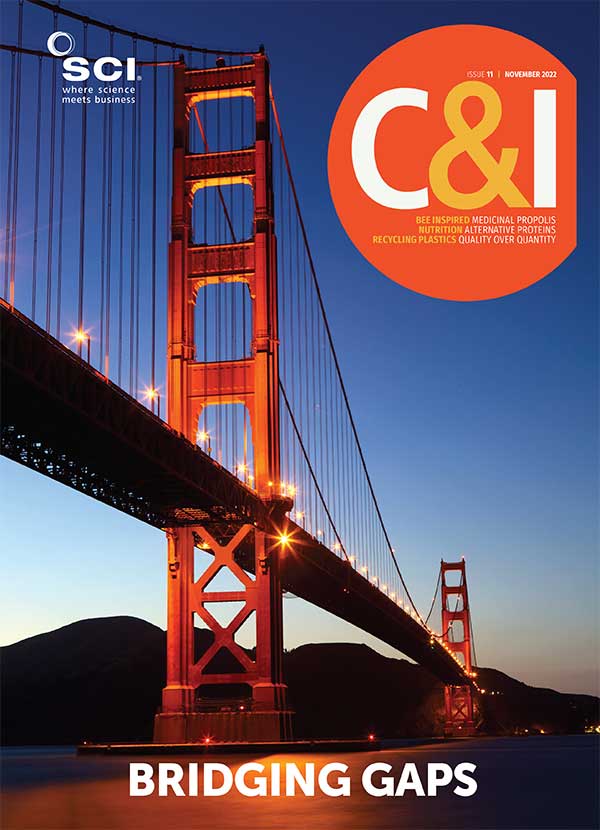ANTHONY KING
A colour test for whisky ageing has been devised using gold nanoparticles. The gold particles turned red in the presence of colour and flavour compounds that gradually imbue the whisky as it ages in wooden barrels (ACS Appl. Nano Mater; doi: 10.1021/acsanm.2c03406).
Whisky ageing is not merely a matter of time, but it depends on contact with wood. Aldehyde, phenol and catechol compounds move from an oak barrel or cask into the whisky, reacting with oxygen over time, and imparting distinctive and complex flavours and colours. Master blenders regularly check whisky for readiness for bottling. Large distillers may also quantify the presence of desirable chemicals – called congeners – using GC and HPLC.
Now, chemists have devised a quick and inexpensive colour assay by adding chloroauric acid, H[AuCl4], to a small sample of whisky. If the gold salts are added to ageing whisky, then aldehydes, ketones and other congeners reduce the gold from the plus three oxidative state to zero. The gold metal atoms start to coalesce, causing gold nanoparticles to form.
‘The tiny gold nanoparticles, about 1000 times smaller than the width of human hair, have this amazing property, whereby electrons in the metal are set oscillating by a particular wavelength of light,’ says research leader William Peveler at the University of Glasgow. ‘This manifests as a really strong colour, so for example gold spheres about 20-50nm in diameter show this bright red colour.’
The intensity of the colour and how quickly it develops reflects the quantity of reducing congeners in the whiskey. Less than a microgram of gold is required for each test, meaning this would cost less than a penny per sample.
The gold salt solution was mixed with samples from the Scotch Whisky Research Institute that had been extracted every six months for six years. Their unique chemical composition led to the creation of gold nanoparticles with different shapes, sizes and colours in each sample.
‘This is really novel,’ comments chemist Jean-François Masson at the University of Montreal in Canada. ‘Prior approaches used already synthesised gold nanoparticles to measure properties of food and beverages, but the synthesis of gold nanoparticles can provide more information as the rate at which they are synthesised and the colour generated can provide deeper information about the molecular content of a sample.’
His own group used gold nanoparticles to detect off-flavours in maple syrup. ‘Our test works as a colour change from red to blue, not a colour generation,’ notes Masson, who hopes maple syrup producers will take up his test.





